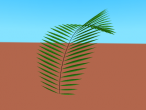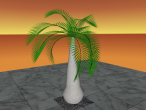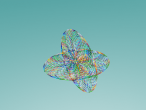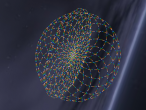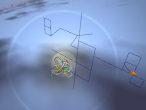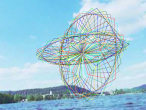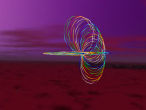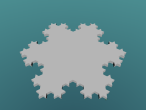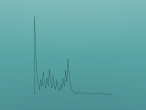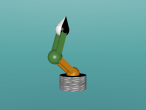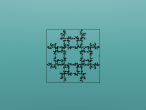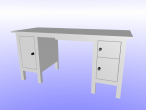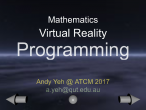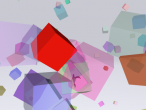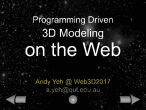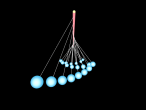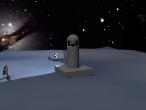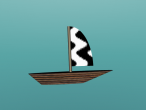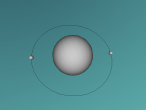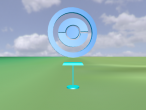Simple DNA Model

It was Wednesday, 17th of July. I met with a visiting scholar Xie Zuo Ru from China. Xie is an awarding-winning high school teacher in the area of technology education. His research interests focused on the use of interactive media to promote science, technology, engineering and mathematics (STEM) education. The interactive media refers to the small computers such as Arduino and Raspberry Pi that are affordable, programmable, and capable of transforming virtually any objects into input and output devices. A wide range of interactive media applications such as turning a drawing of keyboard into a real keyboard or remote control of household appliances makes the teaching and learning fun and creative. He is also an expert in robotics and programming.
In exchange, I also showed him my VRMath2 application. During our discussion, we created in less than 5 minute a simple DNA model. You can see below and if you wish, copy and paste the code into the VRMath2 to try.
One of the key ideas for this simple DNA model is to show how the DNA molecule spirals in space. In VRMath2, we can use LOGO language to easily move and turn to create this model.
The DNA molecule is however, not this simple. If you are interested, please take a look of some pictures from Wikipedia, and you may create a better 3D visualisation of DNA in VRMath2.
Please leave your comments or questions, and let me know what you think. 
- Andy's blog
- Login or register to post comments
- 6774 reads

